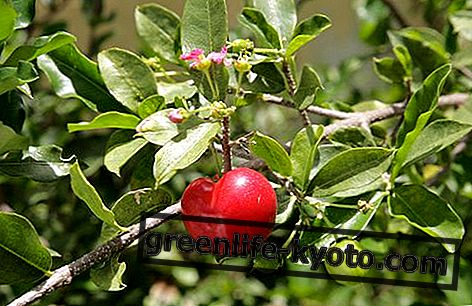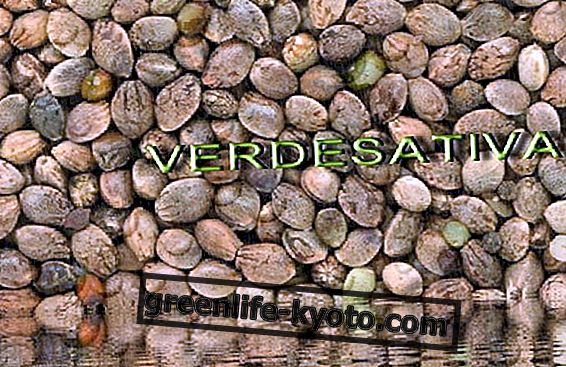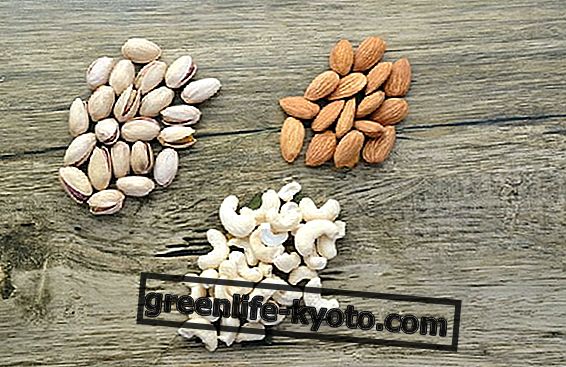Curated by Maria Rita Insolera, Naturopath
The manna is a substance extracted from the sap that flows from the wounds of the trunk of the ash, very known for the laxative, expectorant, emollient and cough sedative properties. Let's find out better.

Properties and benefits of Manna
Manna is a natural laxative with different therapeutic properties, it is in fact useful as an expectorant, against coughs, decongested, against bronchitis and pharyngitis.
Manna is also known for its use in natural cosmetics, as it is emollient and anti-wrinkle.
Pure manna contains:
- mannite, which has a laxative action;
- water and trace elements;
- organic acids useful against blood acidity;
- glucose and fructose with a nourishing action;
- mucilages, useful for intestinal bacterial flora;
- resins and nitrogen compounds, for the health and beauty of the skin.
This composition is very complex and depends on numerous factors (the soil, the age of the plant, its exposure, etc.). All these properties of the manna are accentuated by the fact that they are easily assimilated by the body and therefore ready for use.
In particular, mannite, mucilages and organic acids contained in manna are useful for regulating body weight as they contribute to the elimination of waste and excess fat. Furthermore, the manna, being rich in antioxidants, helps the body to purify itself.
Method of use
The manna has a slight sweetening power therefore it can be used instead of the infused sugar, or it can be taken simply with water.
It should be consumed for several days and the dose of intake should be traveled based on the effects obtained gradually (regularity and consistency of the stools).
The best manna is the cannolo, white ash and stalactite forms at least 3 cm long.
Here's how to use the manna:
- 10-15 g of pure manna to aid digestion and regulate bowel activity. It should be taken for several days after meals.
- 15-20 g of manna dissolved in tea or milk as a laxative . It should be taken in the morning.
- 30 g per day for a purgative action .
You can learn more about the properties and use of mannite, a sugar derived from manna
Contraindications of Manna
Manna is generally well tolerated . Like all laxatives, however, it is contraindicated in intestinal occlusions . In some sensitive people, it can cause nausea and flatulence.
Description of the Manna
Manna is a product obtained from some species of plants of the genus Fraxinus (frassini), in particular Fraxinus ornus (manna ash or manna ash).
The Fraxinus ornus, or orniello, is a tree that can grow up to 10 m in height.
Habitat of the Manna
The manna ash is cultivated in Sicily, in the areas of Castelbuono, Pollina and Cefalù.
It therefore prefers a Mediterranean climate, clay or limestone soils and an altitude between 200 and 800 meters above sea level.
Background
The manna was known to the Arabs since the ninth century and was imported into Italy from Persia, before being produced directly on the peninsula.
The best manna, however, was that produced in Sicily since the 1700s.













